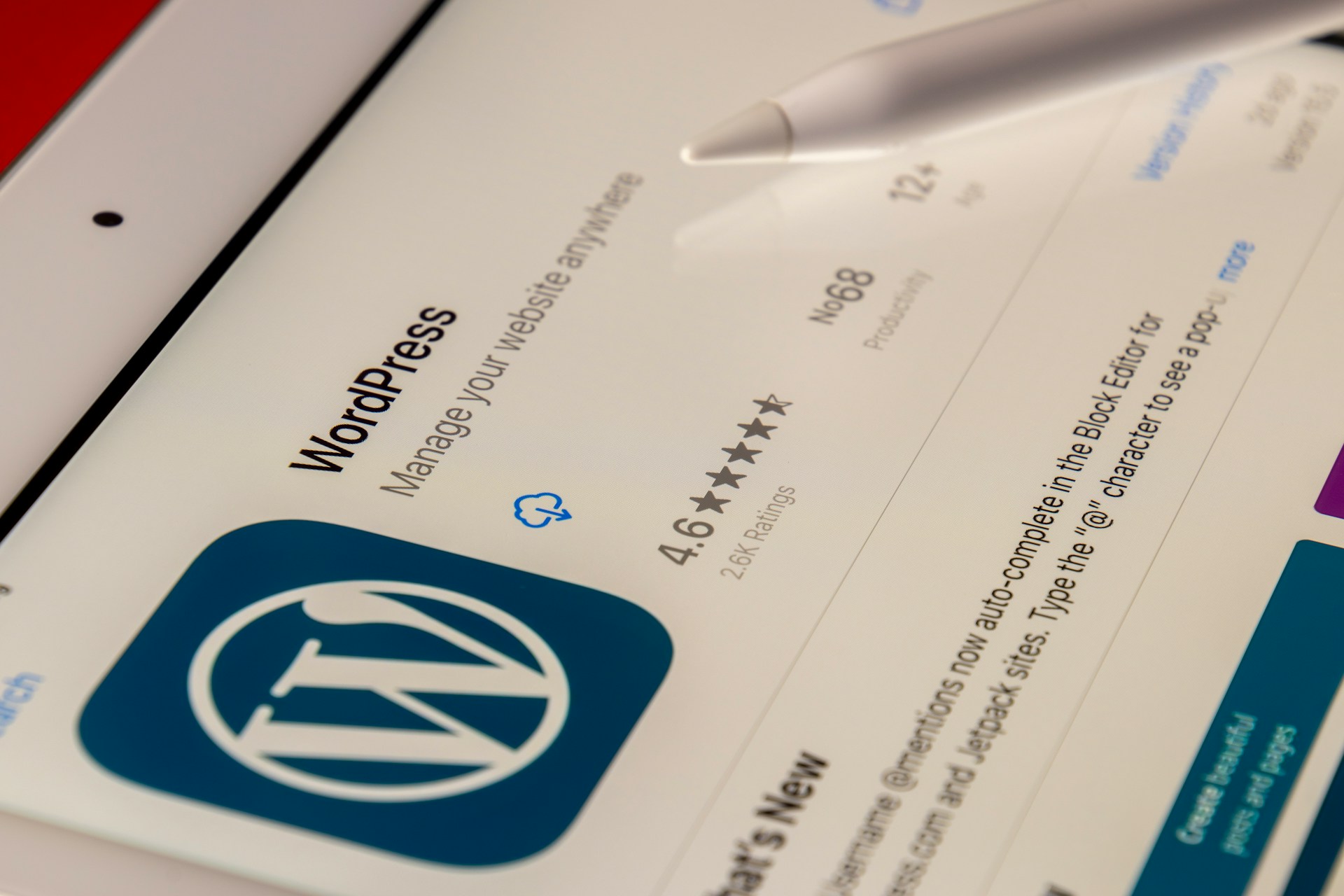A Step-by-Step Guide to Building an Effective Digital Marketing Strategy
Whether your business is new to the market, or it has been there for years, it is always imperative that you consider creating an effective digital marketing strategy. That’s because digital marketing allows you to widen your market reach.
Quick Links
However, it is not as simple as having a website, publishing a blog post, or posting a product image on social media. There are steps you need to take in order to make a solid online marketing strategy that will enable you to boost your ROI.
Step 1: Set Your Digital Marketing Goals
According to Alex Counsell, senior marketing consultant at Baker Marketing, “A strategy is essentially a high-level plan that outlines one or more objectives and how they will be achieved.”
Your digital marketing goal will depend on your business model and what you generally want to achieve. Not to mention that it could multi-faceted.
For example, your own e-commerce business. Your goal could be:
- Build brand awareness. Let more people know that your business exists.
- Generate more sales. Because that’s the reason, you put up this business in the first place.
- Get ahead of the competition. This is basically for the management to identify how they can do it.
Once you are clear with your e-commerce business’s overall goals, the next thing you need to do is figure out how digital marketing can help achieve it. That way, you can have an idea of what campaigns to run.
For instance, your business’s goal is to increase sales by 20% by the end of 2020. Your digital marketing goal could be to generate a total of 50% leads through your website and social media channels.
Step 2: Set What KPIs to Measure
Now that you know what you want to achieve through digital marketing, the next thing you need to do is figure out which key performance indicators to measure.
Using our previous example, if your digital marketing goal is to generate a total of 50% leads through various online channels, that could mean that you will need to measure your conversions.
When you know what to measure, you will also know what digital marketing tools to use. And these tools can make it easy for you to do your job and implement your digital marketing strategy.
Step 3: Evaluate Your Existing Strategy
You can do this simultaneously with step #2, although evaluating your existing strategy can be time-consuming. Nonetheless, you need to do it to know whether your existing strategy can support it.
To prevent you from being overwhelmed, Hubspot’s Elissa Hudson advises that you look at digital channels and assets three ways:
- Owned Media. These are digital assets that your company owns, like your website, blog posts, and social media profiles.
- Earned Media. This refers to the exposures you earned through online word-of-mouth like guest posts and PR. This is also the best time to trace whether these mentions are still alive.
- Paid Media. This is pretty self-explanatory. These are any channels you spent money on to drive awareness or sales.
Knowing what assets you have and which of them brings in the most desirable results allows distinguishing which to keep and which to let go. Plus, you also get an insight into what worked for you and you how did it.
Step 4: Identify Your Target Market
Before you build and implement your digital marketing strategy, you need first to identify your target market.
Doing so can make it easy for you to identify the kind of content that would resonate with them, as well as online channels that you will use. Not to mention that you can use this information when running paid ads.
To do this, you will usually start with your target customers’ demographics. This includes their age, gender, location, and the likes. You can even use tools like Alexa and Google AdWords to help you collect pieces of information about your target market that matters for your business.
But other than that, Neil Patel suggests that you should also understand your customer’s values, attitudes, preferences, etc. This is called psychographics. You can visit forum sites, Quora, or Reddit to help you with this one.
Another pro tip that you should know when identifying your target market is to follow the next step.
Step 5: Spy on Your Competitors
Checking out what your competitors do is another way to learn more about your competitors. This includes identifying why they engage and interact with a business like yours.
Is it because your competitors run promos and giveaways? Is it because they have regular Facebook Live sessions? Is it because they have witty and creative IG stories and IG TV show?
You should also spy on your competitors in order to have an insight into how much engagement should you expect from your own campaigns. Not to mention that doing this can help you with the following:
- Identify the tactics that worked well for them
- Learn from their mistakes
- Discover new ways to use various online marketing channels
For one, there is a big chance that whatever works for them can work your business. Second, learning what did not work for them allows you to think of a better idea and get ahead of the competition.
Step 6: Map Out a Customer Journey
Identify which online channels to use. Check.
Identify your target market. Check.
Next up is to map out their customer journey.
Here’s the thing, a customer may come to you during the different stages of their buyer’s journey. Some would reach out to you because they are ready to buy, some are still hesitating, while there are those who do not know what they are doing.
Regardless, these people need different solutions from you, depending on what stage they are in. This does not exactly mean that you should offer multiple products, but it only means that you will need to utilize your digital assets differently.
Is the customer ready to buy? Make sure that your online checkout process is simple and easy.
Does the customer have some hesitations? Perhaps, she needs to see customer feedback or client testimonial.
Remember: Mapping out your customers’ buyer’s journey allows you to identify which digital asset you will need to create, as well as what channel to use.
Step 7: Select Your Digital Marketing Channels
Again, the digital marketing channels you will use will depend on who your target market is and their current stage in the customer journey. Add to that your existing channels that have been working well for your business, as well as the unknown channels that your competitors are using.
Nonetheless, you have to be strategic in choosing which channels to use for your business. This is to prevent you (or your digital marketing manager) to spread yourself too thin.
Step 8: Run Your Campaigns
Now, here comes the fun part: Running your digital marketing campaigns!
Yes, campaigns. Plural.
As mentioned earlier, your overall business goals can be multi-faceted. So is your digital marketing strategy.
This can include your search engine optimization efforts, pay-per-click campaigns, social media marketing, and advertising, influencer marketing, email marketing, and more.
So whatever it is that you and the management have agreed upon, it is best to run it. Otherwise, you will not have any results to monitor and analyze.
Step 9: Monitor and Analyze Results
The last and most important step in building an effective digital marketing strategy is to monitor and analyze your results.
Did your social media marketing and advertising campaigns able to bring in at least 20% as per your digital marketing goal? What did you do that worked well, and which ones did not?
You can measure your KPIs with the help of digital marketing tools like Google Analytics.
Keep in mind that it is imperative to monitor and analyze all of your campaign’s results. That way, you will know whether you are doing something right or you need to improve on something.
Top Reasons to Hire WordPress Developers for Custom Website Solutions
Today, no business can possibly thrive in the digital realm without a strong online presence. An…
0 Comments13 Minutes
Why Link Building Remains a Key Pillar of Successful SEO
Why do some websites always pop up first on Google while others seem impossible to find? The…
0 Comments6 Minutes
Essential Features to Look for in an Enterprise AI Chatbot Platform
A prime of modern businesses and organizations in the rapidly growing digital environment is to…
0 Comments6 Minutes
Why Influencer Marketing is the Secret Weapon Your Brand Needs Right Now
Developing a solid relationship with your audience is more crucial than ever in the modern digital…
0 Comments7 Minutes
Keyword research tools for eCommerce to drive conversions
Why do some online stores seem to effortlessly attract customers while others struggle to get…
0 Comments13 Minutes
Key Trends in Local SEO: What Businesses Need to Focus on in 2025
What if your website gets lost in the digital noise? What if it fails to reach your target…
0 Comments9 Minutes
How a Restaurant Marketing Agency Can Transform Your Business
Food is the most important thing that helps a restaurant build its reputation. Apart from food, a…
0 Comments6 Minutes
Digital Marketing: The Ultimate Guide On How To Change Your Business And The Way It Operates
Marketing has without a doubt been the heart of all enterprises. But now the scenario is distinct…
0 Comments7 Minutes
1 Comment
Comments are closed.









This marketing news is really very useful…. Keep instantly updating these types of informative blogs……..